Subalpine fir, seed or seedlings!
prairie_gal_z2b
16 years ago
Related Stories

EDIBLE GARDENSSummer Crops: How to Grow Tomatoes
Plant tomato seedlings in spring for one of the best tastes of summer, fresh from your backyard
Full Story
LANDSCAPE DESIGNThe Unparalleled Power of Trees
Discover the beauty and magic of trees, and why a landscape without them just isn't the same
Full Story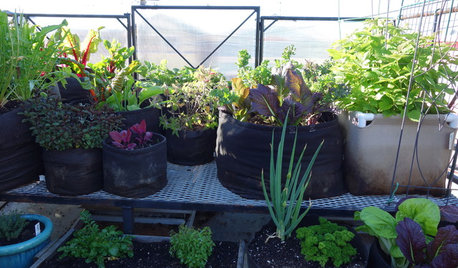
FARM YOUR YARDAn Urban Greenhouse Overflows With Edibles
Making meals just means stepping into the yard for a San Francisco couple who revamped an old orchid house
Full Story
SAVING WATERHouzz Call: Are You Letting Go of Your Lawn?
Many facing a drought are swapping turf for less thirsty plantings. If you’re one of them, we’d like to hear about it
Full Story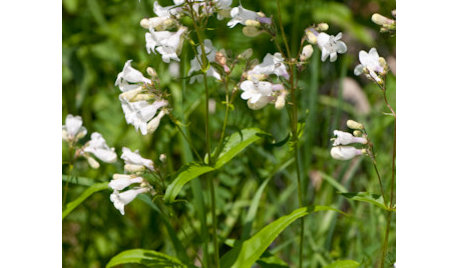
GARDENING GUIDESGreat Design Plant: Try Penstemon Digitalis for Showy White Blooms
Bees gather nectar from this North American native while you’ll appreciate its unthirsty nature and soil tolerance
Full Story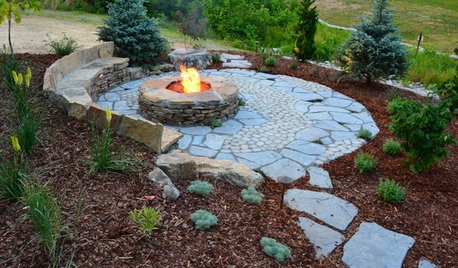
HOLIDAYS10 Ways Your Christmas Tree Can Live On After the Holidays
Learn how to recycle your Christmas tree and reap benefits for the environment
Full Story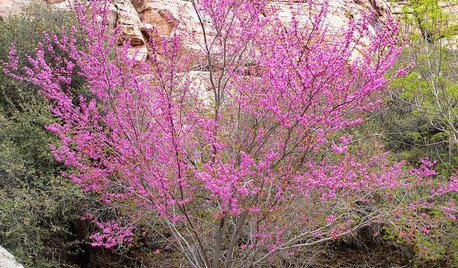
TREESGreat Design Plant: Cercis Occidentalis for Four Seasons
Plant western redbud in drought-tolerant and habitat gardens for its outstanding beauty throughout the year
Full Story
ARBOR DAY8 Reasons to Plant a Great Tree
Beauty is its own reward, but the benefits of planting the right tree in the right place go way beyond looks
Full Story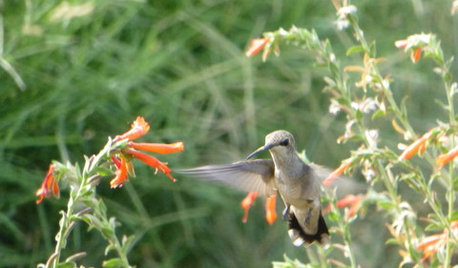
GARDENING GUIDESSweet Serendipity: Opening to Happy Garden Discoveries
Unplanned nature scenes can be unbelievably beautiful; you just need to know how to look
Full Story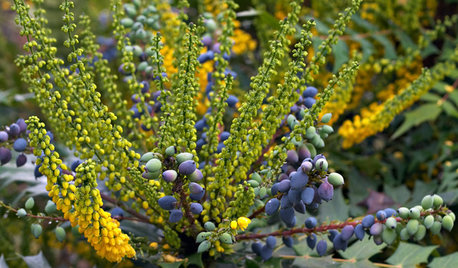
GARDENING FOR BUTTERFLIESGreat Design Plant: 'Charity' Oregon Grape
Giving nectar to hummingbirds and delicious berries to all, 'Charity' is a four-season garden delight that lives up to its name
Full StorySponsored
More Discussions






Crazy_Gardener
Crazy_Gardener
Related Professionals
Redondo Beach Landscape Architects & Landscape Designers · Arlington Landscape Contractors · Braintree Landscape Contractors · Glendale Heights Landscape Contractors · Kaneohe Landscape Contractors · Mount Sinai Landscape Contractors · Pomona Landscape Contractors · Ramsey Landscape Contractors · Santa Maria Landscape Contractors · Soddy Daisy Landscape Contractors · Wanaque Landscape Contractors · Wentzville Landscape Contractors · Cocoa Beach Window Contractors · Tucker Window Contractors · Winnetka Window ContractorsFrozeBudd_z3/4
granolabar (Zone 2)
Sherwood Botsford (z3, Alberta)
prairie_gal_z2bOriginal Author
erl_is_my_name
Sherwood Botsford (z3, Alberta)
Sherwood Botsford (z3, Alberta)